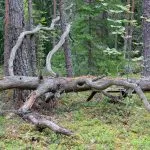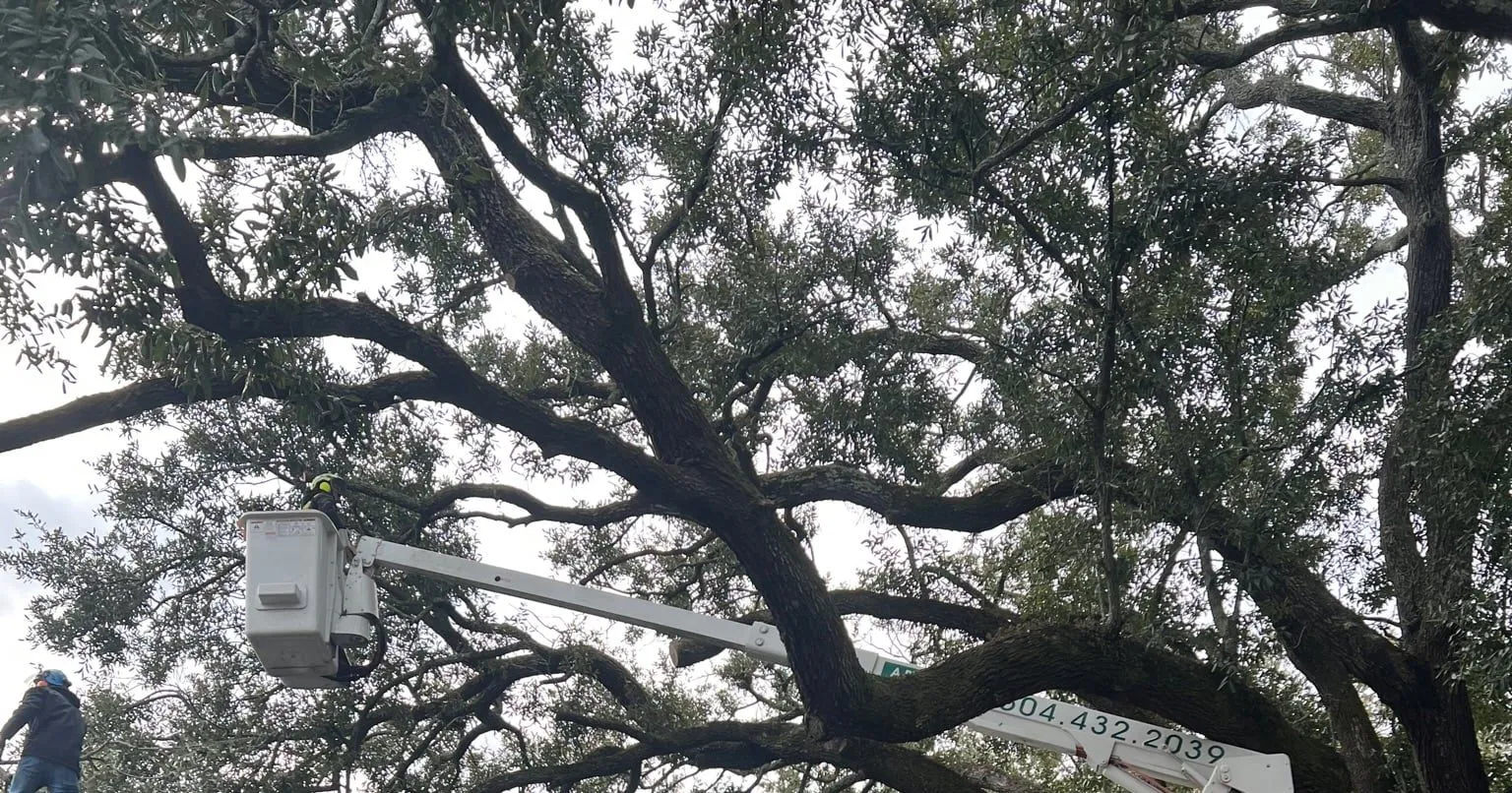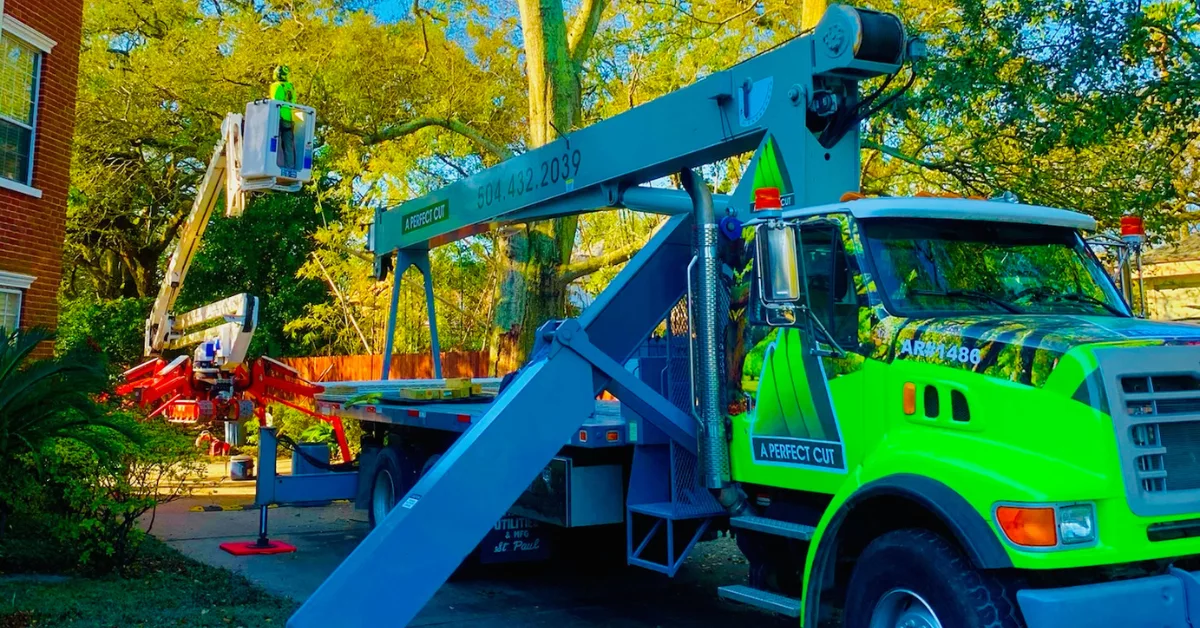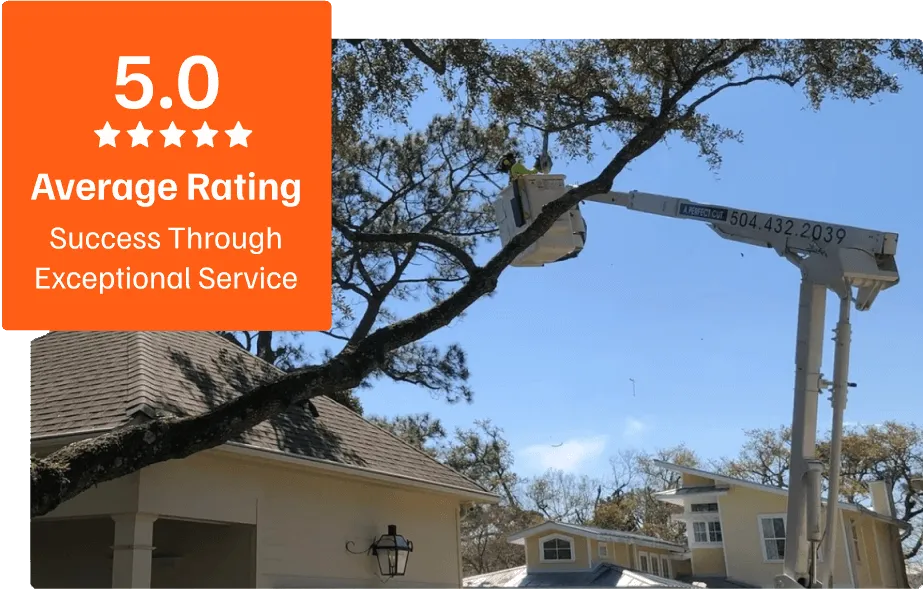
October 7, 2024
People have always used trees for shelter, and food, and I admire their beauty and strength. Just like ancient civilizations protected these vital resources for survival, modern gardeners face similar challenges. At A Perfect Cut Tree, we help you identify tree diseases, understand their effects, and guide you on how to save your trees.
Common Tree Diseases
Common tree diseases can lead to significant damage if not treated promptly. Be familiar with them so that you can identify them immediately.
-
Leaf Spot Diseases
Leaf spot diseases are marked by small, discolored spots on leaves. These spots signal the presence of fungi or bacteria. High humidity and poor air circulation worsen these conditions. Gardeners should look out for these symptoms early to prevent spread.
-
Canker Diseases
Canker diseases manifest as sunken, dead areas on tree branches or trunks. These cankers can girdle branches, leading to dieback. Both fungal and bacterial pathogens cause cankers. Early detection and pruning can help manage this disease.
-
Wilt Diseases
Wilt diseases cause leaves to suddenly wilt and brown, even with proper watering. Cutting into stems and branches may reveal vascular discoloration. Verticillium and Fusarium are common culprits. Immediate action is necessary to save affected trees.
-
Root Rot Diseases
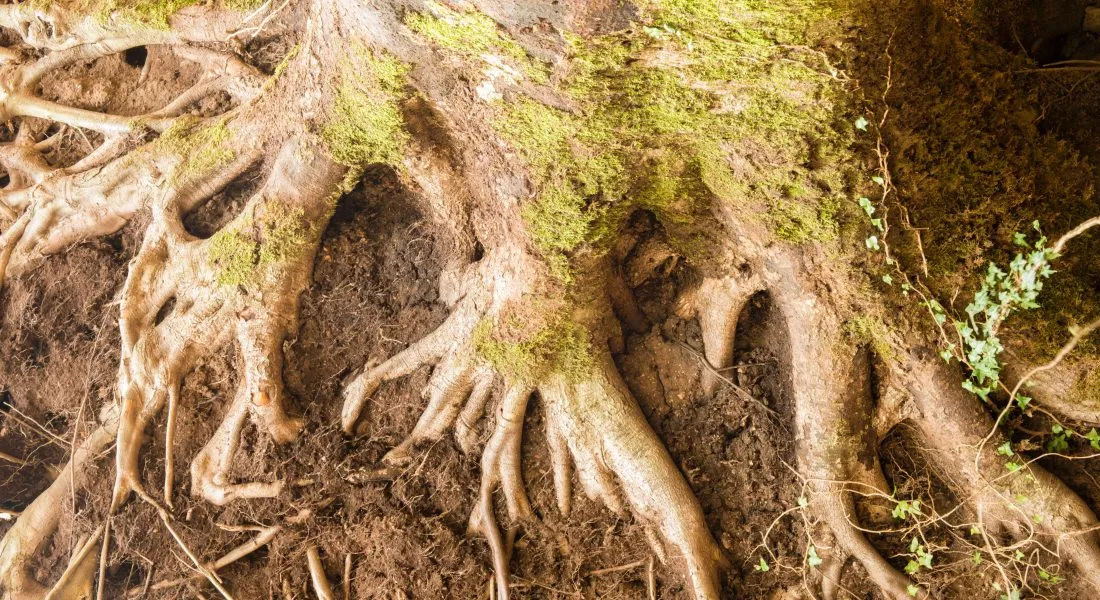
Signs of root rot include poor growth and yellowing leaves. Inspecting roots may reveal them to be mushy and decayed. Overwatering and poorly drained soils are major contributors to root rot. Proper irrigation practices are key to prevention.
Identifying Tree Pests
Look for signs like holes in the bark, sawdust-like frass, or chewed leaves. Identifying the specific pest is crucial for effective treatment.
-
Insect Damage Signs
Chewed leaves or holes in them mean chewing bugs like caterpillars and beetles are around. If you see sticky stuff or black mold on leaves, it’s because of aphids sucking on the tree. Also, watch for holes in the bark from boring insects like the emerald ash borer; they can really harm and even kill trees. Catching these signs early is key to keeping trees healthy.
-
Fungal Infections
Powdery mildew appears as white, powdery spots on leaves. It’s a common fungal issue that affects many tree species.
Rust diseases are identified by orange or reddish pustules on foliage. They are especially problematic during wet conditions as fungal spores spread through wind and water.
-
Bacterial Infections
Water spots and goo on leaves or stems mean bacteria issues, which can spread fast. Fire blight turns blossoms and twigs black and shriveled, harming fruit trees badly if not treated quickly. Bacteria get in through cuts or natural tree openings, so preventing harm is crucial to stop infections.
Causes of Tree Stress
Tree stress comes from things like drought, too much rain, or really hot or cold weather. This makes it hard for trees to get water and nutrients. Knowing why this happens is key to taking care of trees properly.
-
Environmental Factors
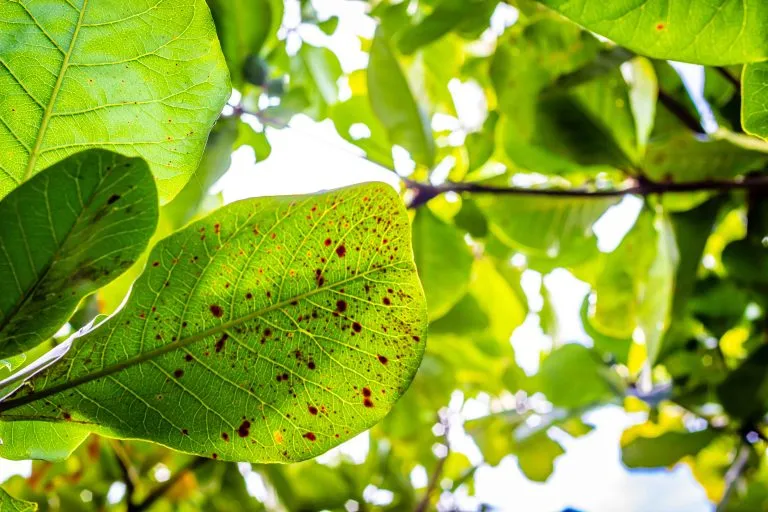
Leaf scorch happens when trees face too much heat or wind, making their leaves look burned. Frost damage makes leaves black and wilted from the cold. Trees also struggle with not enough water, causing them to lose their strength and health.
-
Poor Soil Conditions
Chlorosis makes leaves turn yellow because trees are missing important minerals. This happens when soil is too packed or not airy enough, stopping roots from growing well. Also, if the soil’s pH isn’t right, trees can’t get the nutrients they need, which messes with their growth and health.
-
Improper Watering
Overwatering can suffocate roots, causing root rot and leaf drop. It’s a common mistake among gardeners. Conversely, underwatering leads to dry, brittle leaves and wilting. Maintaining a consistent watering schedule is crucial for tree health, balancing between too much and too little water.
-
Physical Damage
Mechanical injuries like broken branches and torn bark signal physical damage. Often caused by lawn equipment or construction work, these wounds are more than surface-deep. They offer pathogens an entry point, risking severe infections.
Symptoms of Tree Diseases
Tree diseases show different signs, so it’s important for tree experts to spot these early to treat the trees and keep them healthy.
-
Discolored Leaves
Chlorosis shows trees are missing nutrients or have bad drainage, as seen by leaves turning yellow instead of green. It means the tree can’t get important minerals from the soil. Also, if leaves turn red or purple because of too much anthocyanin, it’s a sign the tree is stressed by its environment. These color changes are more than looks; they signal health issues.
-
Bark Abnormalities
If a tree’s bark is peeling or cracking, it might be sick or stressed, which can cause bigger health problems. Weird growths like cankers and galls show disease and can make the tree weak. Watch out for bark beetles too; their exit holes mean the tree could be dying from trunk disease.
-
Growth Stunting
If a tree’s growing slowly and has tiny leaves, it’s probably not getting enough nutrients. Root problems or diseases can also slow its growth, just like we talked about with tree stress before. Things like not having enough water because of drought really affect a tree’s health and size.
-
Premature Leaf Drop
When leaves fall off trees too early, it usually means the tree is stressed or sick. This can be due to fungal infections like anthracnose, not watering correctly, or not getting enough nutrients. Taking care of these problems early can help the tree stay healthy.
Preventing Tree Diseases
The management and prevention of tree diseases is a critical aspect of maintaining healthy ecosystems and urban landscapes. By integrating these methods, we can significantly reduce the incidence of tree diseases and promote the longevity and vitality of our arboreal resources.
-
Proper Pruning Techniques
Pruning trees when they’re not growing cuts down on stress and keeps them healthy. Using clean, sharp tools stops diseases from spreading. Make sure to cut right outside the branch collar to promote good growth. But, pruning the wrong way can actually damage trees. So, it’s important to know how to do it right or ask an arborist for help.
-
Soil Health Maintenance
Healthy soil full of organic stuff is key for tree health because it betters the soil’s structure. It’s crucial to test soil often to keep nutrients in check. Using mulch helps keep the soil moist and at a good temperature for trees. If the soil is bad, trees can get sick easier. So, making the soil healthier is a big move to stop tree diseases.
-
Regular Monitoring
Regularly checking trees for early disease signs and keeping track of their health helps manage forests better. Catching problems early prevents serious damage and saves trees. If we ignore these checks, diseases could spread wildly in cities and natural forests.
Protect Your Trees by Mastering Disease Identification
Watering trees deeply but not too often helps them grow strong roots and stay healthy. Adjust how much you water with the seasons to avoid too much or too little water. This easy method prevents many tree diseases, keeping trees and forests in good shape.
The journey to healthier trees begins with you. Together, let’s turn the tide against tree diseases and ensure a lush, vibrant landscape for generations to come. Contact us at A Perfect Cut Tree!

